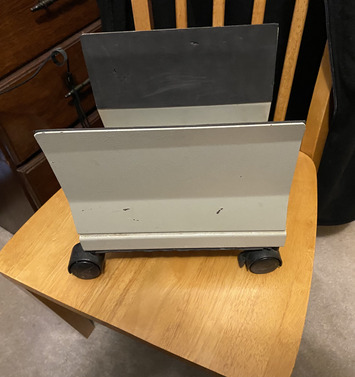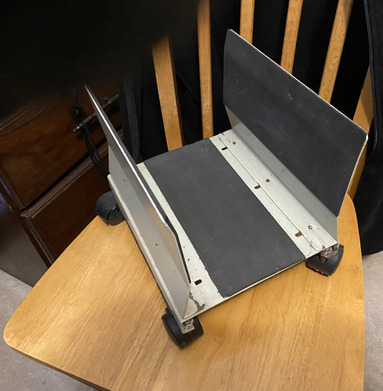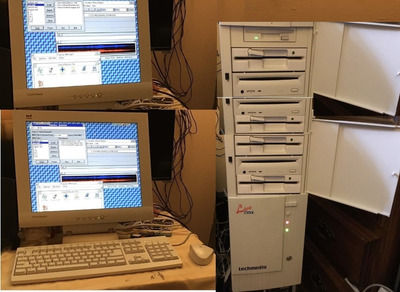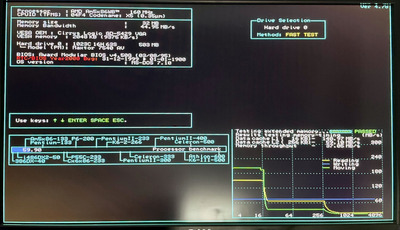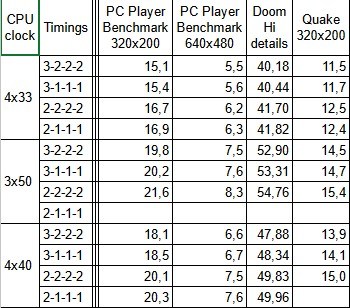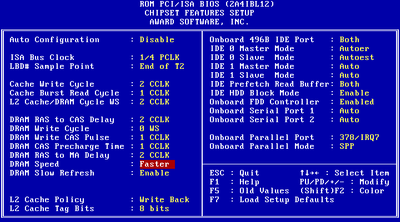Reply 720 of 753, by amadeus777999
- Rank
- Oldbie
JonF wrote on 2023-03-21, 04:43:Thought this belonged here- […]
Thought this belonged here-
I got a block of dry ice in my latest shipment of frozen coffee. Decided to set up my 200mhz Lucky Star setup and see if 240mhz was possible.
Using the dry ice, once I got the processor to ~-40C (haha) and the system turned on and almost started booting. I even tried turning down the memory timing, turning off the cache, removing extra ram sticks. Normally, this chip needs 10C or less to run reliably at 200mhz.
I imagine with a truly unicorn AM5x86 240mhz benchmarking could be possible!
Awesome!
